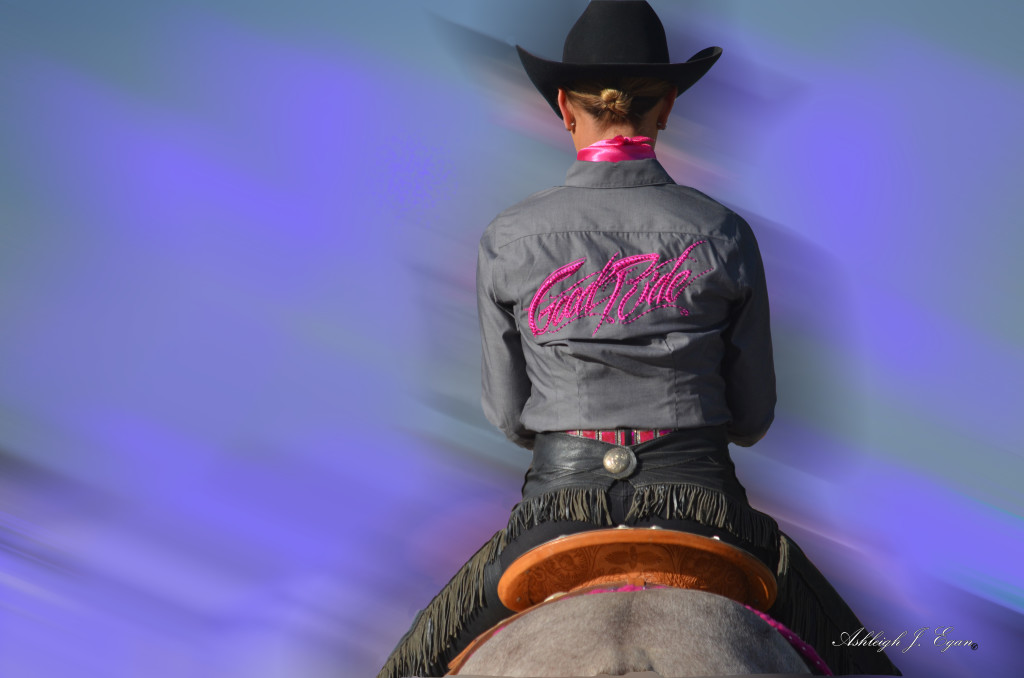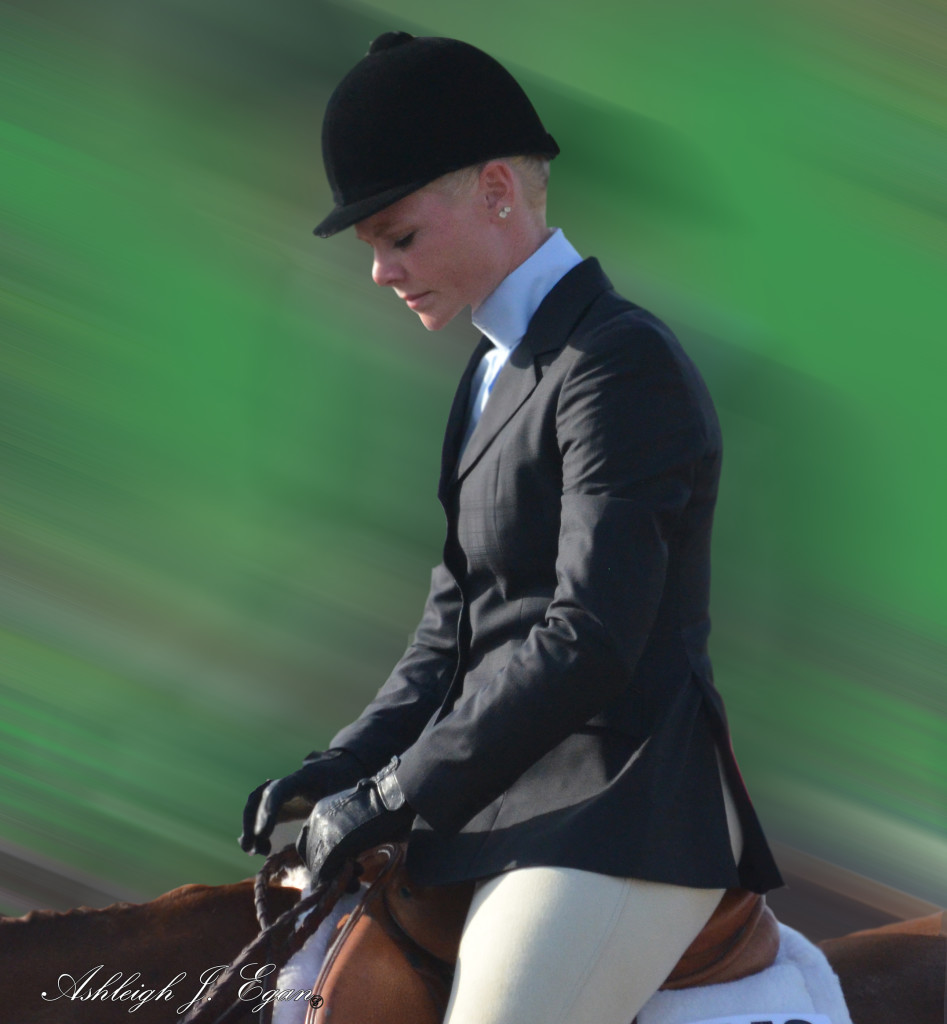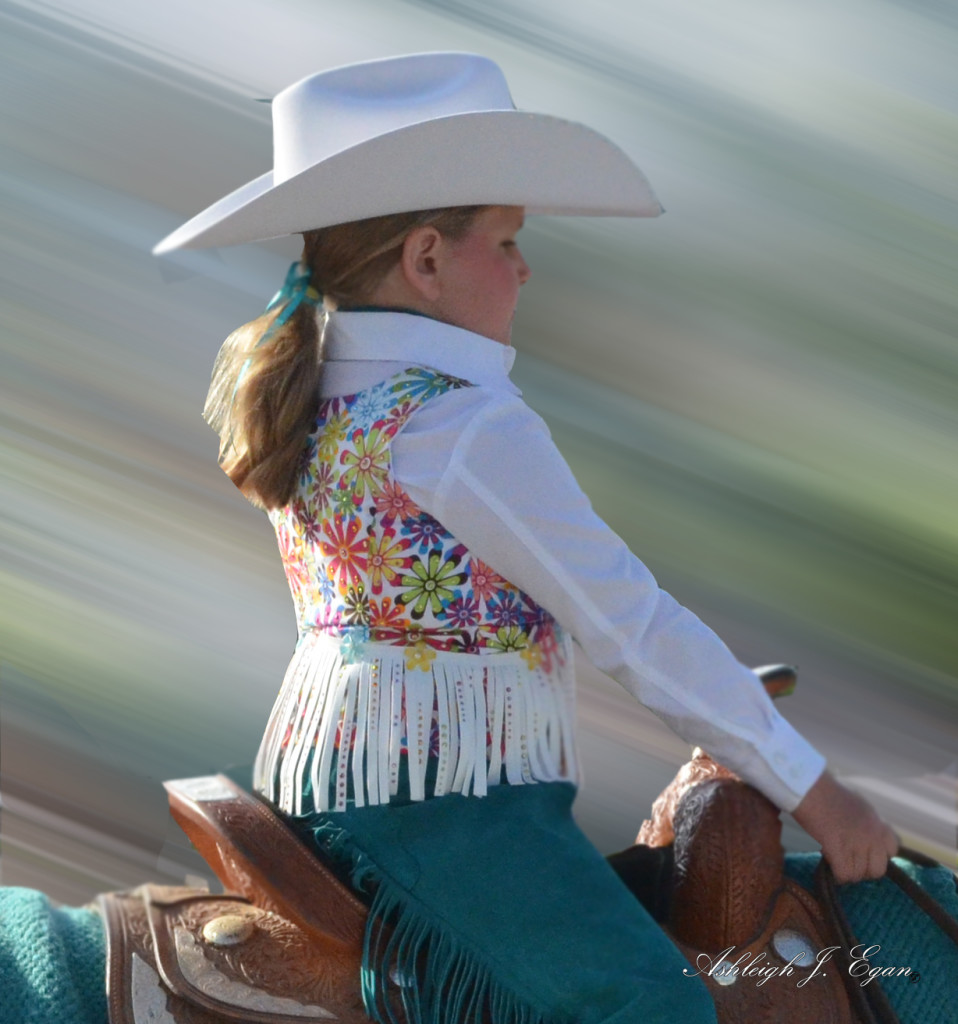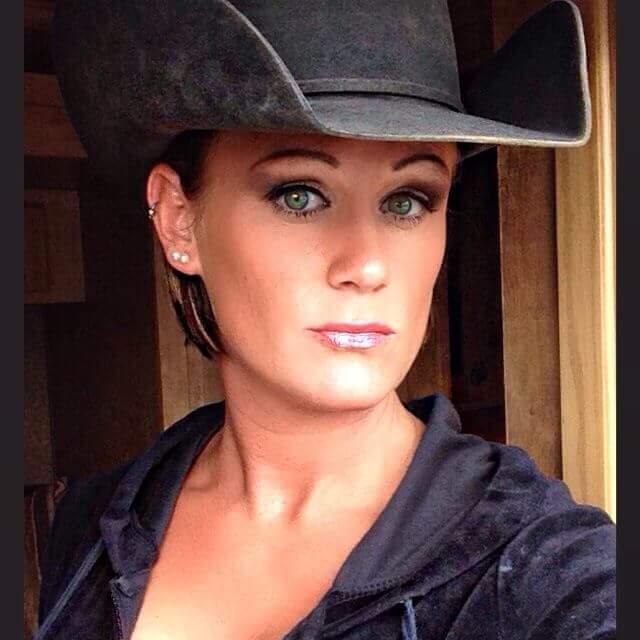 As show morning arrives, the rush becomes real.
As show morning arrives, the rush becomes real.
Bands for the Western classes and neat, tight braids for the English events. All a part of catching the eye of the judge.
It’s easy to notice the hours that go into the preparation of the horses.
But what about the human competitor?
From the combination of flashy jackets, jewelry, makeup and hair, a rider should have the ability to grab the attention of the judge just as quickly as her…or his… equine partner.
Sounds simple. But how can an exhibitor capture the attention of the judge? It all starts with that first step into the arena.
Keep it “neat and contained as you enter the ring,” says Georgia judge Cynthia Rucker, carded with the American Quarter Horse Association, American Paint Horse Association and National Snaffle Bit Association. Rucker’s says her initial reaction is to identify the contestant’s number. But sporting the wrong hair style can make that difficult.
“The worst thing I see in halter or showmanship is the swinging pony tail over the back number and as a judge, I have to try and discern the number between swings,” Rucker says.
 And in riding classes, Rucker says longer hair can cause more distractions. Having a swinging ponytail can give the illusion of a rough and unpolished Equitation or Horsemanship pattern.
And in riding classes, Rucker says longer hair can cause more distractions. Having a swinging ponytail can give the illusion of a rough and unpolished Equitation or Horsemanship pattern.
To enhance your appearance in the ring, there are several key factors that are essential: keep hair neat, either in a tight bun or tucked under a hat or helmet, and if displaying a short bob, it is acceptable to have it kept tidy behind the ear. Preparation starts long before the competition. Sometimes it’s best to get advice from your trainer.
“A bun is a must!” says Chris Gray, of Chris Gray Performance Horses, Centre Hall, Pennsylvania. “Short hair that is neatly arranged is acceptable, but lacks the finished touch of a bun.”
To add a little bit of color to accent your outfit, Gray suggests that you add some ribbon to your hairstyle to give it a hint of charm. For the Western style classes, including Western Pleasure, Trail and Western Riding, Gray suggest his clients wear a ponytail.
“In Halter classes, it is important that the exhibitor’s hair never covers the number, and in turn, for the riding events an exhibitor’s hair should never draw extra attention due to excess movement or lack of containment,” he explains.
In English events, the normal placement of a rider’s hair is completely tucked under the helmet, but there is a style called “hunter hair,” Gray explains.
 “Hunter hair will drop the hair net and hair three-quarters of the way down over the exhibitor’s ears. This would leave just the bottom of the ear and a small tasteful earring exposed,” explains Gray.
“Hunter hair will drop the hair net and hair three-quarters of the way down over the exhibitor’s ears. This would leave just the bottom of the ear and a small tasteful earring exposed,” explains Gray.
And for men?
While it’s true, men display a much shorter hair style, which means less time in the mirror, Grey says, they are expected to be just as well-groomed and ready to present a professional appearance when entering the arena.
How do I get these preferred hairstyles you ask?
As a rider it is important to allow yourself enough time to prepare.
“The length of your hair and your ability to prepare it determines how long it takes to get ready,” says Sloane Vogt, AQHA Youth competitor from Somerset, Pennsylvania. For Hunter Under Saddle and Equitation Vogt prefers to style her hair the same.
“I don’t use anything but the No Knot Hair Net,” she explains. “It’s super easy to use to get all of my hair up and it only takes five minutes.”
To get the tight, neat bun that is ideal for a Horsemanship and Showmanship performance, Vogt uses a bun maker.
“When I have made the bun with the ‘Bun Maker’ I wrap a very thin hair net around the bun to make sure all my hair stays in and then spray everything with hairspray,” she says. “This will take about five to 10 minutes.”
 For Western Pleasure, Vogt likes to keep it simple with a low, tight ponytail that starts with straight hair.
For Western Pleasure, Vogt likes to keep it simple with a low, tight ponytail that starts with straight hair.
“After I straighten my hair I spray it with a little bit of hairspray, which helps keep the ponytail tight and neat. For me it takes about 15 minutes,” Vogt explains.
If you chose to do a ponytail and you have long hair, make sure it doesn’t obstruct the judge’s view of your number and make sure your hair is tight so that it doesn’t make your ride look rough.
As the next horse show rounds the corner, think to yourself, am I presenting myself to my best ability? If not, try some of these techniques: understand what a judge is looking for, what your trainer expects, and what you need to make these styles a victory. Keep in mind that these key aspects of personal appearance can leave a lasting impression and be the difference between a class winner or an unsuccessful competitor.



You must be logged in to post a comment Login